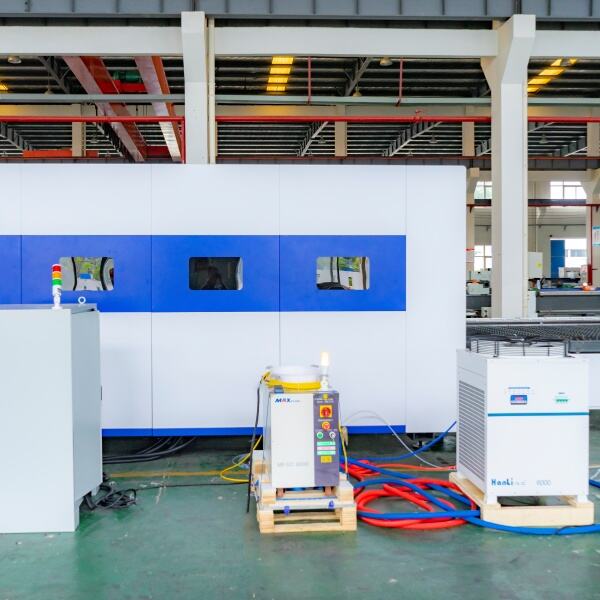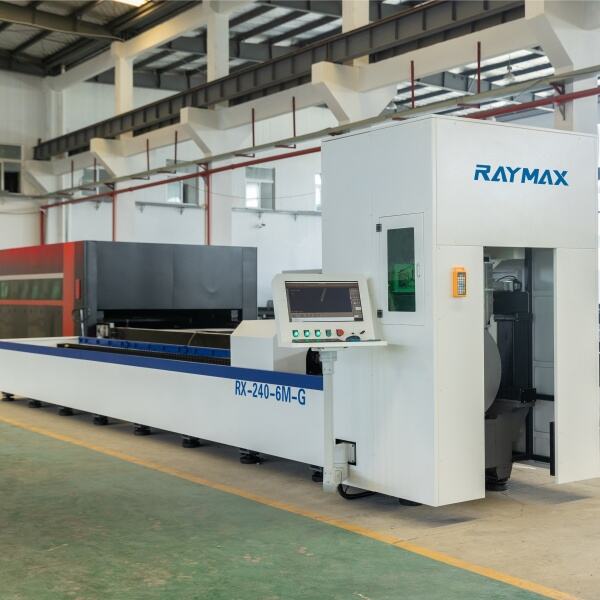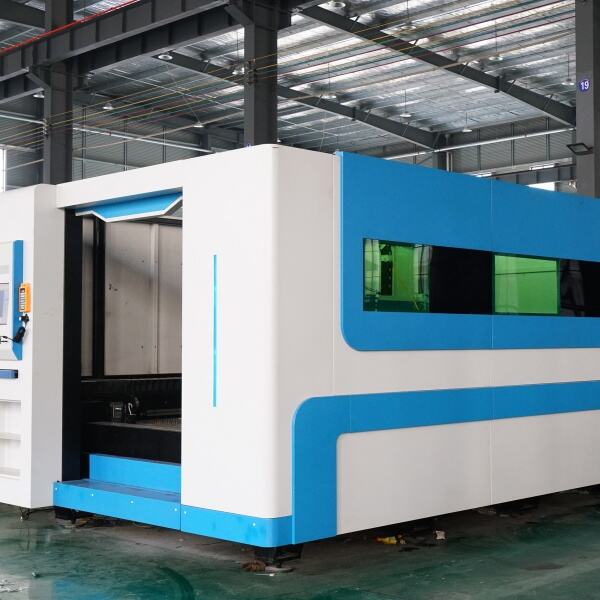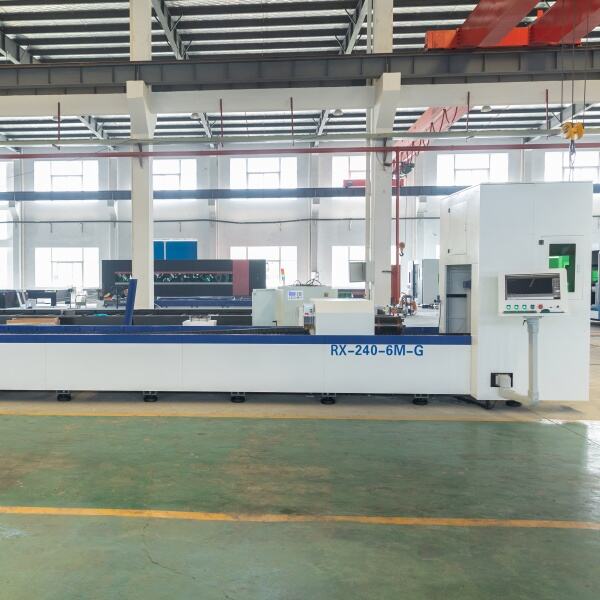
Při srovnávání řezání vláknovým laserem a řezání CNC laserem je důležité si uvědomit, že termín „CNC laserové řezání“ je obecný pojem (označující jakýkoli laserový řezací stroj řízený pomocí CNC), zatímco „vláknové laserové řezání“ je konkrétní typ využívající technologii optických vláken – typ, který společnost RAYMAX dokonale doladila pro zpracování kovů, čímž se stává nejlepší volbou pro automobilový, letecký, lodní a energetický průmysl. Níže naleznete podrobné vysvětlení klíčových rozdílů, přizpůsobené tomu, jak ovlivňují vaši výrobní efektivitu, náklady a kvalitu. Zdroj laseru a kompatibilita s materiály: Největší rozdíl spočívá ve zdroji laseru. Vláknové laserové řezací stroje využívají optická vlákna pro zesílení světla (vlnová délka 1064 nm), které je kovy výrazně pohlcováno – což je ideální pro řezání uhlíkové oceli, nerezové oceli, hliníku a slitin (hlavní materiály našich cílových odvětví). Naproti tomu jiné typy CNC laserů (např. CO₂ lasery) využívají trubice naplněné plynem (vlnová délka 10 600 nm), které jsou vhodnější pro nekovy, jako je plast nebo dřevo, ale mají potíže s odrazivými kovy (např. hliník), což vede ke zpomalení rychlosti a vyšší spotřebě energie. Například náš 3000W vláknový laser řeže 10mm uhlíkovou ocel rychlostí 1,2 m/min, zatímco CO₂ CNC laser stejného výkonu řeže pouze rychlostí 0,6 m/min – tedy poloviční čas výroby pro díly automobilového podvozku. Energetická účinnost a provozní náklady: Vláknové laserové řezací stroje jsou o 30–50 % energeticky účinnější než CO₂ CNC lasery. Naše vláknové modely využívají čerpadla s proměnnou rychlostí a diody s nízkou spotřebou, takže 2000W stroj spotřebuje cca 15 kWh/hod, zatímco srovnatelný CO₂ stroj spotřebuje cca 25 kWh/hod. Při nepřetržitém provozu 24/7 ušetří tento rozdíl jihovýchodnímu energetickému podniku zákazníka cca 10 000 USD za rok. Vláknové lasery mají také méně pohyblivých částí (žádné výměny plynových trubic ani úpravy zrcadel), čímž se sníží náklady na údržbu o 40 % – velkou výhodou pro loděnice a letecké provozy, které si nemohou dovolit neplánované výpadky. Přesnost a kvalita řezu: Vláknové laserové řezání zaručuje vyšší přesnost pro kovy, s přesností řezu ±0,05 mm a drsností hran Ra 1,6 μm. To je zásadní pro letecké zákazníky řezající hliníkové slitinové nosníky křídel, kde i odchylka 0,1 mm může ohrozit bezpečnost. CO₂ CNC lasery naopak často produkují drsnější hrany na kovech (Ra 3,2 μm+) kvůli delší vlnové délce, což vyžaduje sekundární úpravy, které zvyšují čas a náklady. Naše vláknové stroje také minimalizují tepelně ovlivněné zóny (HAZ) – oblast kolem řezu oslabená teplem – a snižují HAZ na <0,1 mm pro tenký hliník, oproti 0,3 mm+ u CO₂ laserů. To je zásadní pro automobilové zákazníky vyrábějící komponenty z vysokopevnostní oceli, které musí udržet svou strukturální integritu. Rychlost a produktivita: Vláknové lasery řežou kovy výrazně rychleji než CO₂ CNC lasery. Pro 5mm nerezovou ocel (používanou v ropném a plynárenském průmyslu) řeže náš 4000W vláknový stroj rychlostí 2,5 m/min, zatímco CO₂ stroj stejného výkonu řeže rychlostí 1,1 m/min. Tato výhoda rychlosti je ještě zvýšena funkcemi automatizace společnosti RAYMAX (automatické nakládání, softwarové vkládání), díky čemuž vláknové stroje zvládnou zpracovat více než 200 plechů za hodinu – ideální pro vysoké objemy v automobilové výrobě. CO₂ stroje naopak zvládají vysokorychlostní řezání kovů jen obtížně kvůli nižší míře pohlcení, a proto se nehodí pro průmysl, který klade důraz na výkon. Shrnutí: Zatímco všechny vláknové laserové řezací stroje jsou řízeny pomocí CNC, jejich vláknově-optická technologie je pro kovové průmysly vhodnější než jiné typy CNC laserů. Vláknové laserové řezací stroje RAYMAX využívají těchto výhod a zajišťují nižší náklady, vyšší kvalitu a rychlejší výrobu – podpořené našimi 22 lety zkušeností a globální podporou.


